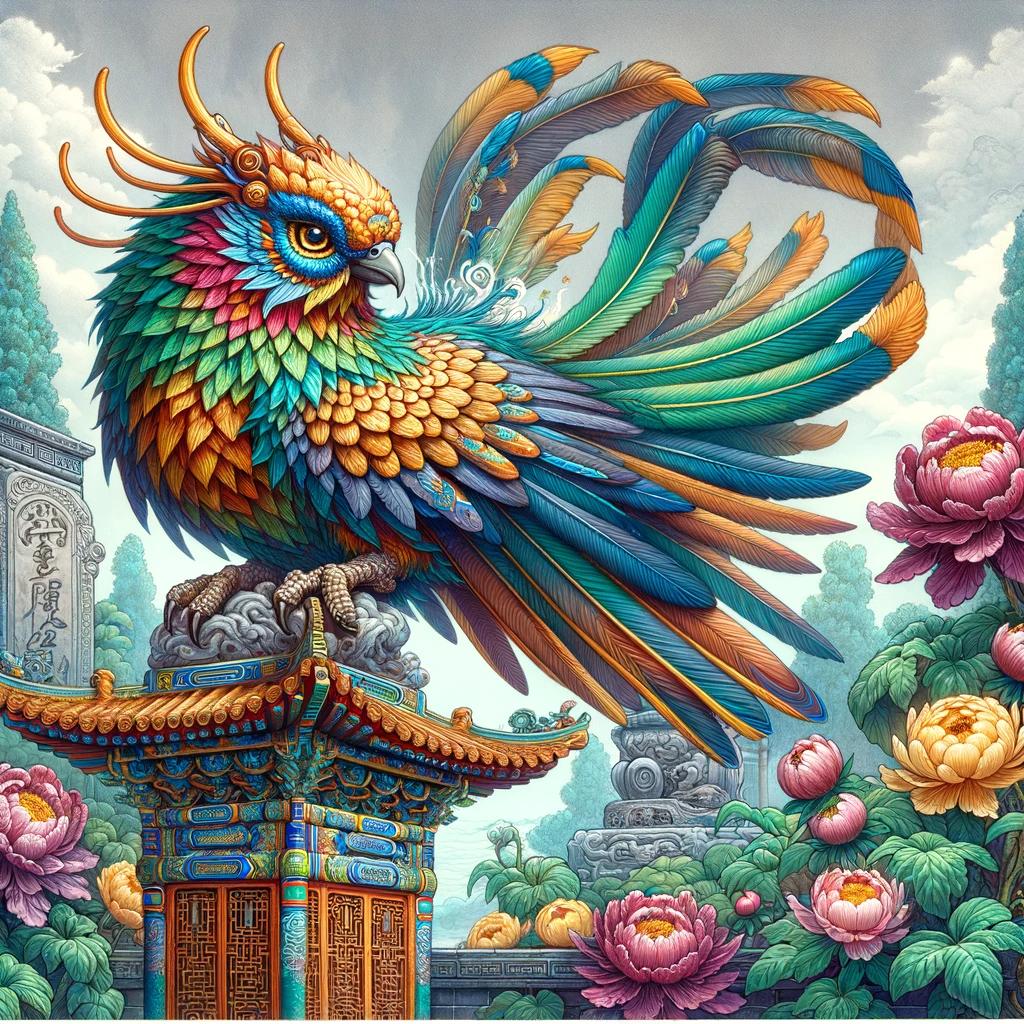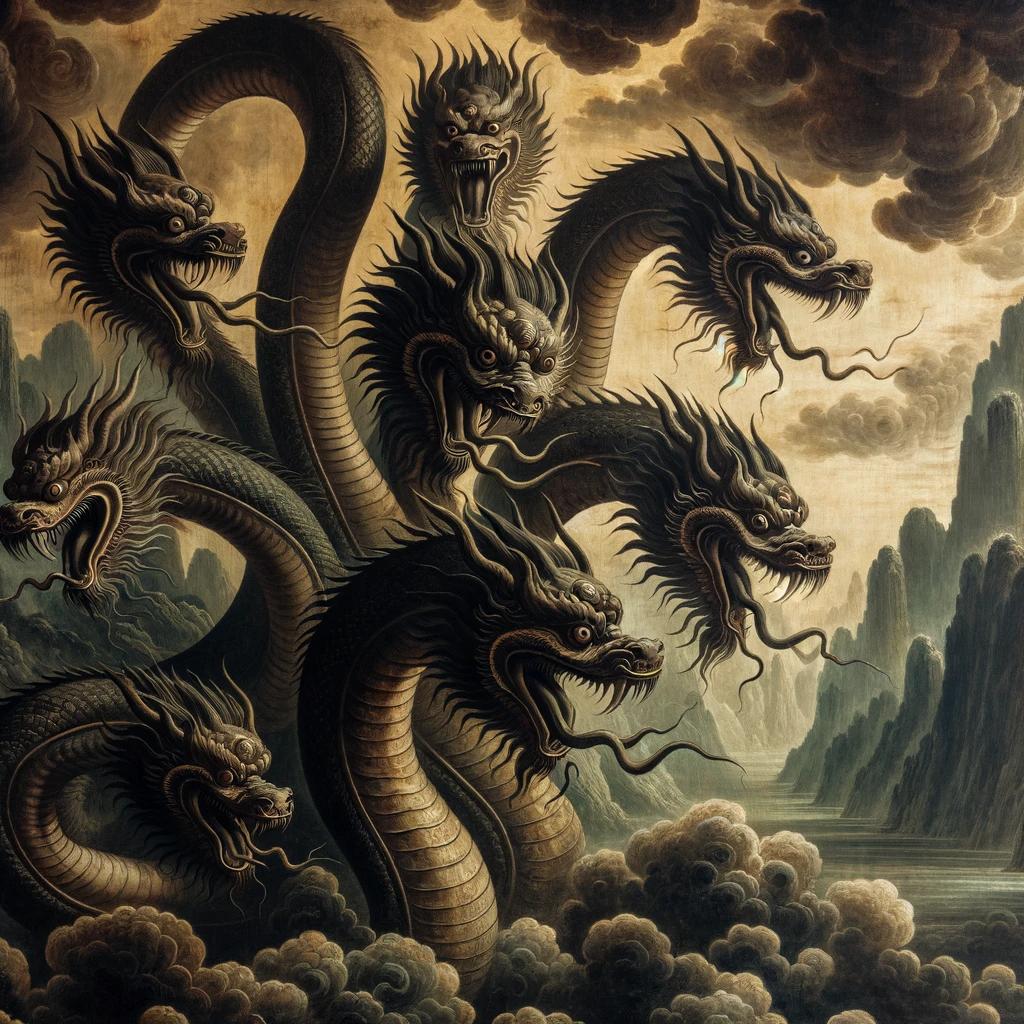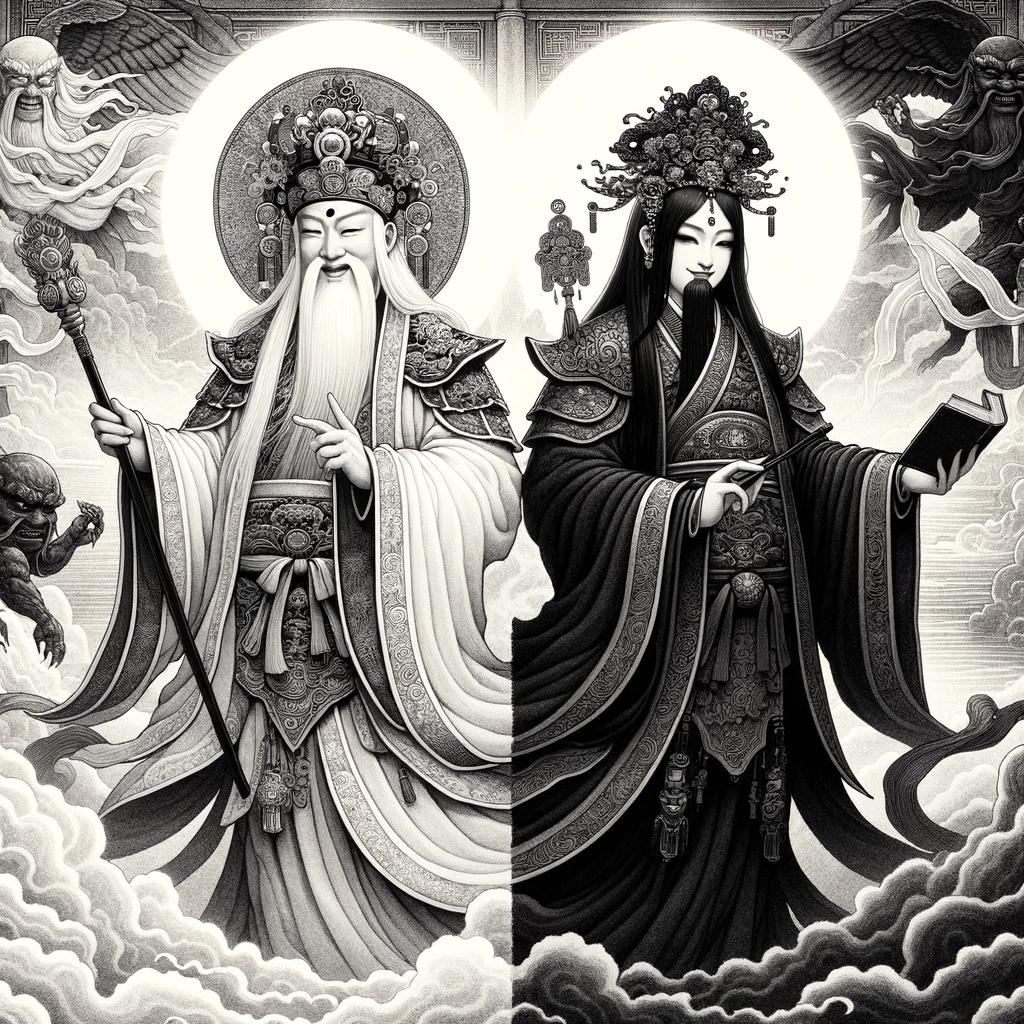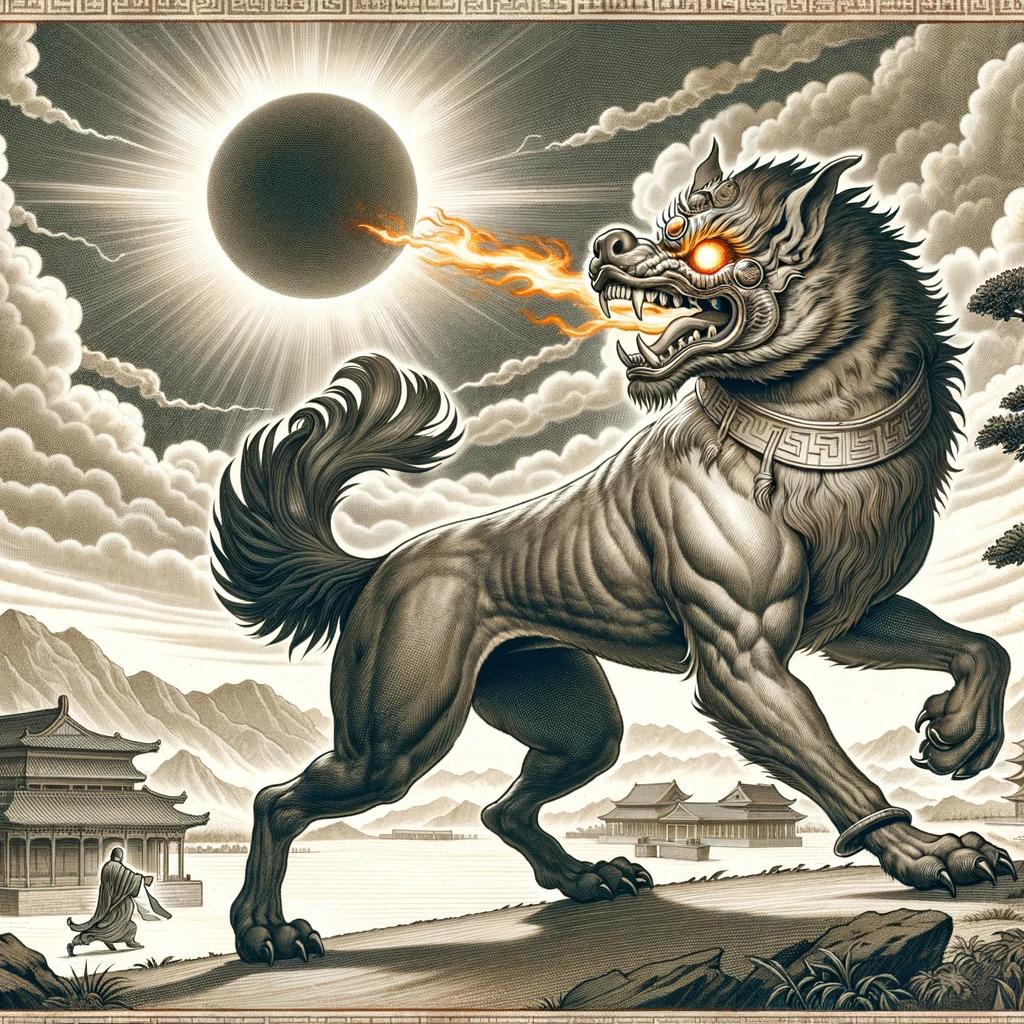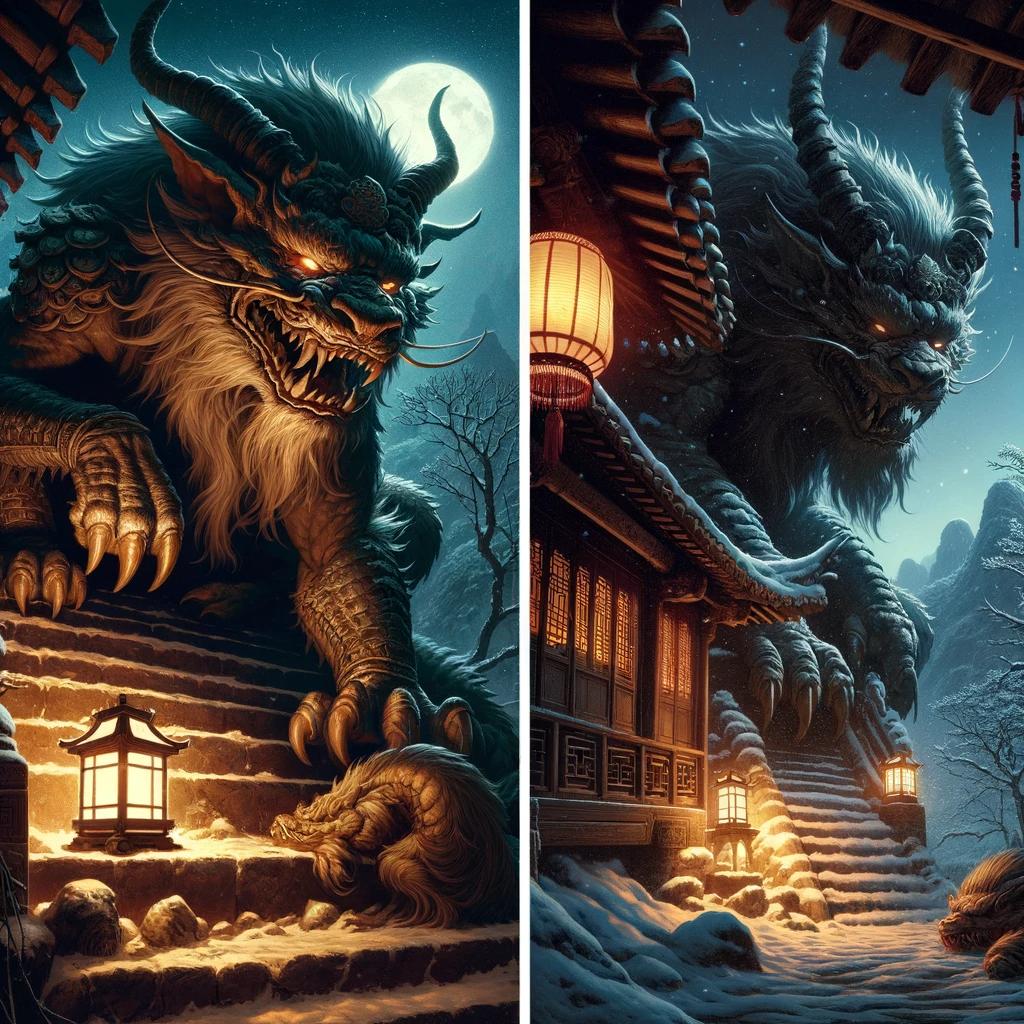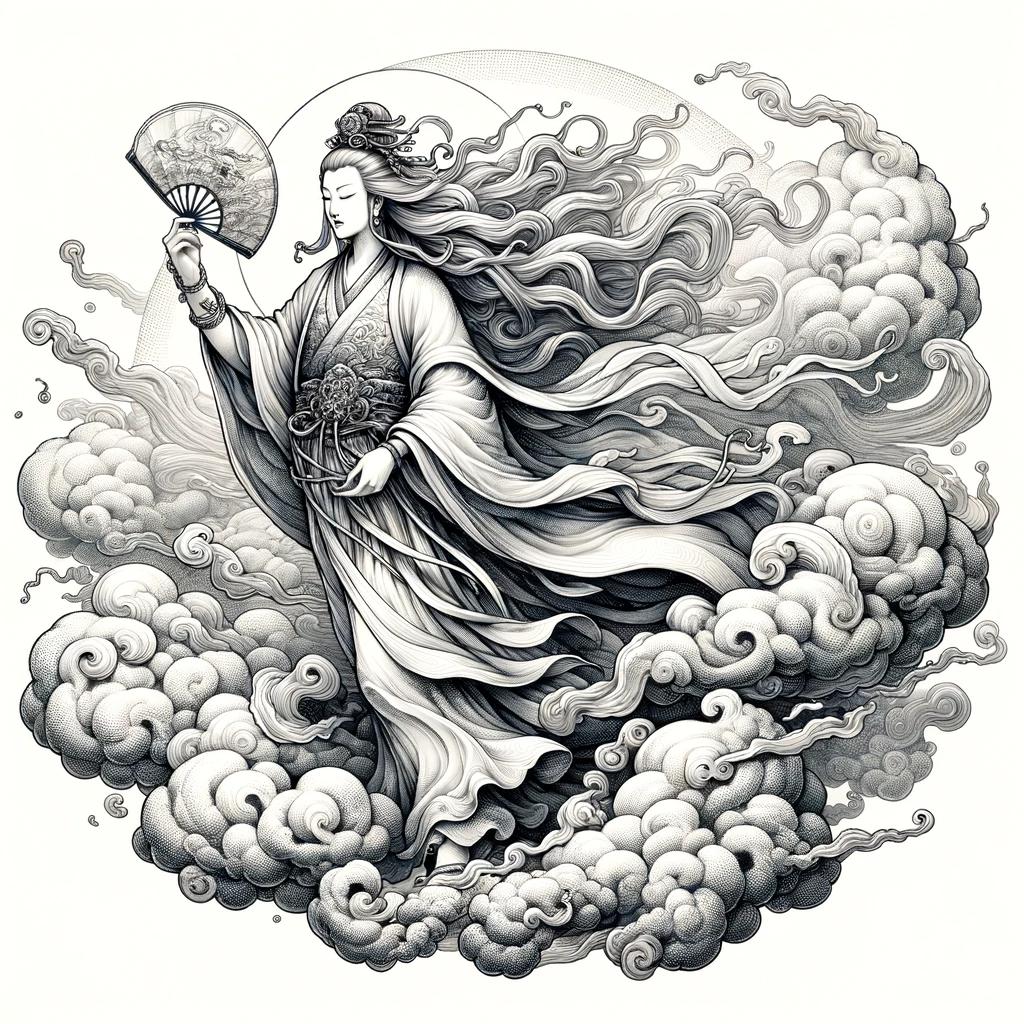Zhenniao Mythology: Unveiling the Mysteries of Ancient Chinese Poisonous Birds
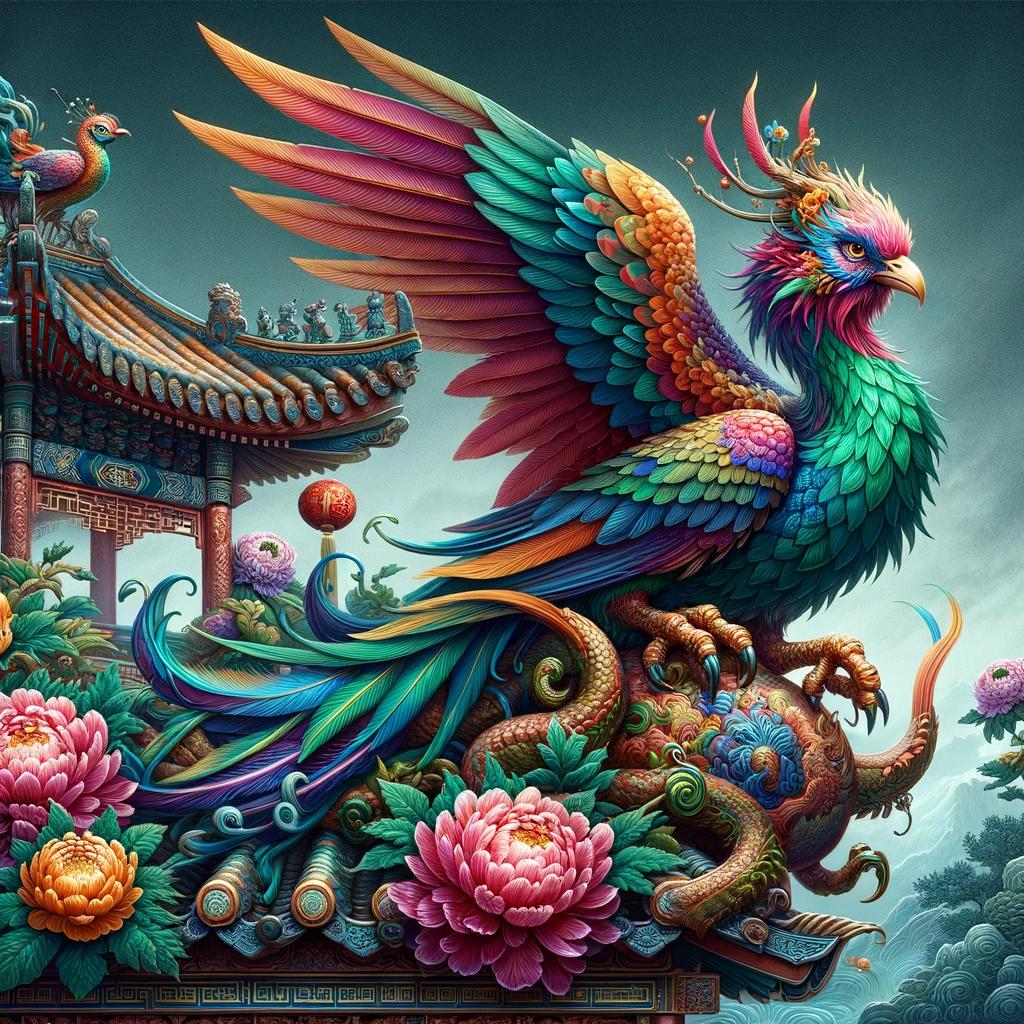
Zhenniao mythology is a fascinating aspect of ancient Chinese folklore. These poisonous birds, described as having green or purple feathers and red beaks, were considered some of the deadliest creatures in ancient China due to their diet of snakes.
This article explores their origins, physical characteristics, and toxic nature. It also delves into their presence in Chinese literature and folklore, as well as the debates surrounding their existence and modern discoveries.
Additionally, it touches upon their representation in popular culture, such as video games, and their role as rare collectibles and pets for Vish Kanya.
Origins of Zhenniao Mythology
The captivating world of Chinese mythology is filled with a plethora of fascinating creatures. Among them, the Zhenniao birds hold a significant place. These enigmatic creatures, with their toxic nature and striking appearance, have intrigued people for centuries.
Ancient Chinese Mythological Creatures
China boasts a rich tapestry of mythical creatures that have been a part of its folklore and legends for generations. From powerful dragons to mischievous spirits, these creatures have shaped the cultural imagination of the Chinese people.
The Zhenniao birds, with their unique attributes and intriguing history, deserve a prominent place among these mythical beings.
Introduction to Zhenniao Birds
The Zhenniao birds, also known as poisonous birds, are an integral part of Chinese mythology. These avian creatures are described as having vibrant green or purple plumage, complemented by a distinctive red beak.
Their mysterious nature and renowned toxicity have captured the imagination of storytellers, poets, and scholars throughout history.
Legend has it that the Zhenniao birds resided in the mountains of southern China, such as the majestic Girl’s Tabletop Mountain, Lutemute Mountain, and Jade Mountain.
Their choice of habitat in these revered peaks adds to their mythical allure.
Known for their venomous nature, these birds derived their toxicity from their diet of poisonous snakes. The consumption of venomous reptiles resulted in their bodies being contaminated with a potent and lethal poison known as Zhendu or Zhenniao venom.
This toxic substance permeated their veins and even extended to the tips of their feathers, making every aspect of their being dangerous.
Their toxic nature gave rise to various legends and tales in ancient China.
The Zhenniao birds’ feathers and venom were exploited for sinister purposes, such as the production of poisonous drinks and facilitating assassinations. Even their excrement was said to have the power to dissolve stones, further testament to the awe-inspiring and hazardous nature of these mythical creatures.
While their poison was deemed deadly, it also rendered their flesh toxic, accompanied by a pungent odor. Consequently, their meat was unsuitable for stealthy consumption. The lethal potency of their feathers and beaks, combined with the ease with which they could spread their toxic influence, made the Zhenniao birds one of the most feared and formidable creatures in ancient China.
The ancient Chinese believed that the venom of the Zhenniao birds was so potent that a mere touch from their feathers or a single ingestion of it could bring about exhaustion, hallucinations, and ultimately, death.
It was believed that the only known antidote capable of neutralizing their venom was the pulverized horn of a rhinoceros. This fascinating detail highlights the extensive knowledge surrounding the Zhenniao birds’ toxicity and the fascinating remedies employed to counter its effects.
Despite being regarded as fantastical creatures for many years, the discovery of venomous feathers in the Hooded Pitohui bird found in New Guinea in 1992 has sparked debates about the potential existence of the Zhenniao birds.
This breakthrough has piqued scientific curiosity and opened up new discussions concerning the credibility of these legendary birds.
Description and Characteristics of Zhenniao Birds
The Zhenniao birds, prominent figures in Chinese mythology, possess distinct physical traits and inhabit specific regions. Known for their toxic nature, these avian creatures have fascinated scholars and enthusiasts alike.
Physical Appearance and Habitat
Zhenniao birds are described as having green or purple plumage and red beaks, giving them a visually striking appearance. Resembling eagles, they are predominantly found in the southern mountains of China, including Girl’s Tabletop Mountain, Lutemute Mountain, and Jade Mountain.
These poisonous birds have adapted to their mountainous habitat, allowing them to dwell in inaccessible places and seek refuge among rocky terrain. Their elusive nature adds to their allure and reinforces their mystical reputation.
Toxicity and Venomous Nature
Intriguingly, the toxicity of Zhenniao birds stems from their diet of venomous snakes. Consuming the heads of these serpents causes their bodies to become saturated with a deadly poison known as Zhendu or Zhen venom.
This toxic substance is present in their veins and permeates through their feathers.
The Zhenniao’s venom was feared for its potency, as it could swiftly end a person’s life with just a single touch or ingestion.
The venomous nature of these birds not only posed a threat to human life but also influenced ancient practices of utilizing them for nefarious purposes, such as creating poisonous beverages or even carrying out assassinations.
It is worth noting that apart from their venomous feathers, the flesh of the Zhenniao was also deemed toxic. The consumption of their meat would cause severe poisoning, accompanied by a pungent odor that made it unsuitable for covert use.
Remarkably, even the excrement of the Zhenniao was known to possess the ability to dissolve stone.
Ancient texts, including the Baopuzi, suggest that the only known antidote to neutralize the Zhenniao’s venom was the powdered horn of a rhinoceros.
This rare ingredient was used to create potions that produced foam capable of counteracting the poisonous effects of the Zhendu venom.
These unique characteristics and behaviors make the Zhenniao birds a fascinating species within the realm of mythological creatures.
Zhenniao in Chinese Literature and Folklore
The presence of Zhenniao birds in Chinese literature and folklore has left its mark on the rich cultural heritage of ancient China. These mythical creatures have been mentioned in various texts and tales, captivating the imagination of generations.
Zhenniao in Shanhaijing
One significant mention of Zhenniao birds can be found in the Shanhaijing, a classic text that explores the geography and mythological creatures of ancient China. Within its pages, the Zhenniao is described as eagle-like birds inhabiting the mountains in the southern region, including Girl’s Tabletop Mountain, Lutemute Mountain, and Jade Mountain.
Their vibrant plumage, ranging from green to purple, and striking red beaks make them a visually striking presence in the mythological landscape.
Cultural Significance and Symbolism
Beyond their physical description, Zhenniao birds hold cultural significance and symbolic meanings in Chinese folklore. These creatures were revered for their association with venomous snakes and their toxic nature. They were seen as potent symbols of danger, power, and agility.
In Chinese folklore, Zhenniao birds were often depicted as guardians or messengers of deities and mythical figures. Their association with poison and intoxication added an intriguing layer to their symbolism, representing the duality of life and death.
Their toxic presence served as a cautionary tale about the consequences of power and manipulation.
The imagery of Zhenniao birds also inspired poets and artists throughout history. Their colorful plumage and enigmatic nature became a source of inspiration for expressing themes of beauty, danger, and the mysteries of the natural world.
Overall
From the pages of ancient texts to the canvas of artistic interpretations, Zhenniao birds have left an indelible mark on Chinese literature and folklore. Their presence as venomous creatures, their association with powerful symbolism, and their captivating physical traits make them a fascinating element of ancient Chinese mythology.
Zhenniao Mythology Debates and Modern Discoveries
Exploring the existence of Zhenniao birds has been a subject of great interest and debate throughout history. In this section, we delve into the historical perspectives on the existence of Zhenniao and the recent scientific findings that shed light on this mythical creature.
Historical Perspectives on Zhenniao Existence
Ancient Chinese texts and legends have long mentioned the Zhenniao, describing them as venomous birds with deadly toxins. However, skepticism regarding their actual existence prevailed for centuries, considering them as purely mythical creatures.
Some scholars dismissed them as mere folklore, attributing their presence to exaggerations and symbolic representations.
Nevertheless, their prevalence in ancient Chinese mythology and the consistency of their descriptions in various texts intrigued researchers and fueled debates on their existence.
Scholars and historians have debated whether the Zhenniao was a product of imagination or a creature that once roamed the lands of ancient China.
Scientific Findings and Comparisons
Advancements in scientific research and exploration unearthed intriguing discoveries that shed light on the potential existence of Zhenniao birds. In recent years, new evidence has emerged, challenging the notion that Zhenniao birds were purely mythical.
Comparative studies have revealed striking similarities between the descriptions of Zhenniao and certain real-life bird species. Researchers have discovered venomous birds, like the Hooded Pitohui in New Guinea, that possess toxic feathers.
These findings have sparked further debate and opened possibilities for reconsidering the existence of the Zhenniao myth. While not conclusive proof, these comparisons provide intriguing connections between ancient myth and reality.
- Similarities between Zhenniao bird descriptions and venomous feathered bird species
- Examining the toxic properties of real-life venomous birds
- Comparing cultural and mythological characteristics of Zhenniao with other mythical creatures
- Exploring the potential genetic or evolutionary links between myth and reality
Scientists and researchers continue to study the Zhenniao mythology, combining historical knowledge with scientific methods to uncover the truth behind these legendary creatures.
The ongoing debate adds an exciting dimension to the exploration of ancient myths and the intersection between folklore and the natural world.
Zhenniao Physiology in Popular Culture
In the realm of popular culture, Zhenniao mythology has left its mark, making appearances in various forms of entertainment. This section explores how these venomous birds have been represented in video games and other forms of entertainment, as well as the exploration of Zhenniao-based abilities and traits.
Representation in Video Games and Entertainment
The intriguing nature of Zhenniao has made them a popular subject in the world of video games. Numerous games, particularly those inspired by Chinese mythology, feature these venomous birds as formidable adversaries or intriguing allies.
Players can engage in epic battles against Zhenniao, experiencing their toxic powers firsthand or even taking on the role of these mythical creatures themselves.
Outside of video games, Zhenniao mythology has also made appearances in other forms of entertainment.
They have been featured in fantasy literature, comics, and even adapted into animated series and movies. Their unique characteristics and poisonous nature have captured the imaginations of creators and audiences alike.
Exploration of Zhenniao-based Abilities and Traits
One fascinating aspect of Zhenniao mythology is the exploration of their abilities and traits in popular culture. These representations often expand upon the traditional folklore and imagine new aspects of the Zhenniao’s physiology.
In video games, players may have the opportunity to acquire Zhenniao-based abilities, such as venomous attacks, flight, or enhanced senses. These abilities add depth to gameplay mechanics and provide an immersive experience for players as they embody the power and mystique of these legendary creatures.
Furthermore, other forms of entertainment may delve into the unique traits of Zhenniao, envisioning their toxic feathers and poison-filled bodies as more than just physical attributes. They may depict their poison as having additional effects, such as inducing hallucinations or causing temporary paralysis.
These imaginative interpretations create captivating narratives and dynamic characters within popular culture.
Overall, the presence of Zhenniao mythology in popular culture allows audiences to engage with these legendary creatures in new and exciting ways.
Whether through video games, literature, or other forms of entertainment, the exploration of Zhenniao-based abilities and traits adds richness to the ongoing fascination with these ancient Chinese mythical birds.
Zhenniao as Rare Collectibles and Vish Kanya’s Pets
The mystical allure of Zhenniao extends beyond its mythology, as these venomous birds have also become highly sought-after collectibles among enthusiasts and collectors.
In this section, we explore the presence of Zhenniao in collectors’ circles and its significance in Vish Kanya culture.
Zhenniao in Collectors’ Circles
Zhenniao’s unique characteristics and mythical status have made it a coveted item among collectors of rare and unusual creatures. These collectors value the intricate beauty of the bird’s plumage and its reputation as one of the most venomous creatures in Chinese mythology.
Zhenniao specimens, whether in the form of preserved bodies or artistic representations, are considered prized possessions in these circles.
Collectors often go to great lengths to acquire authentic Zhenniao artifacts, seeking out rare finds in antique shops, specialized auctions, and even through private acquisitions.
Due to the birds’ historical significance, their rarity, and the intrigue surrounding their venomous nature, Zhenniao-related items command high prices and are considered valuable additions to any collection.
The Role of Zhenniao in Vish Kanya Culture
In addition to their popularity among collectors, Zhenniao also hold a significant place in the culture of Vish Kanya, the legendary group of ‘poisonous women.’
These femme fatales were known to keep Zhenniao as pets, further enhancing the toxicity of their feathers and beaks by feeding them venomous snakes, the birds’ favorite prey.
For the Vish Kanya, Zhenniao symbolized their deadly nature and prowess, encapsulating their clandestine abilities and serving as companions in their nefarious pursuits.
The venom of Zhenniao was not only utilized for assassination purposes but also played a role in inducing exhaustion, hallucinations, and eventually, death. The Vish Kanya revered these birds as both deadly weapons and protectors, treasuring their association with these avian creatures.
The relationship between Vish Kanya and Zhenniao extended beyond mere ownership, as they shared an intimate bond based on mutual understanding and exploitation of the birds’ poisonous qualities. This dynamic created a unique symbiosis between Vish Kanya and Zhenniao, solidifying the birds’ place within the lore and cultural practices of these enigmatic women.
- The rare and elusive Zhenniao has captivated collectors fascinated by its mythical nature and venomous reputation.
- Within collectors’ circles, Zhenniao artifacts are highly prized for their rarity and intricate beauty.
- Vish Kanya, the ‘poisonous women,’ keep Zhenniao as pets, enhancing the toxicity of their feathers and beaks.
- Zhenniao symbolize the deadly nature and prowess of Vish Kanya, serving as companions and deadly weapons.
- The relationship between Vish Kanya and Zhenniao is a unique symbiosis based on mutual understanding.
.











